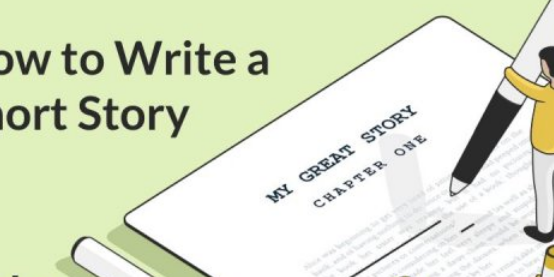A new year is upon us and this is the perfect time to learn new skills or sharpen old ones. For our latest Tips & Tricks, we’ve come up with some pointers that can help you create the best story. Of course everyone has a different approach, but these should give you some ideas.
Just write it!
Try and write down what’s in your head straight away. Don’t edit as you go along or look at additional input as that could cloud your judgment and writing style. After you’ve written your initial draft, double check it against your notes – have you touched on all the key points? Try to leave it for a few days, and come back to it refreshed and with a clear head.
Refine
This is where you shape your story. Try to think like your audience – what would they find interesting? What do they already know? Is it relevant? Be prepared to delete things and don’t be afraid to make different versions. (Save old drafts, they might come in handy.)
A few pointers for refining your article: Start with something that will capture your reader’s attention. A challenge, question, interesting fact or summary are all good starting points. Organise your work in a logic fashion, follow a thread or train of thought. And finish strongly.
Get a second opinion
When you’re happy or stuck, get a second opinion. Share it with a team member and ask them to take a critical look. Does it make sense? Does it read well and is it captivating? What are some key things that they remember? Any obvious typos? These are some of the things they should be aware of, and this can be a back and forth process. Ask them to be honest – it’s the only way to get a better draft.
Final review
Have a final review. Look at the piece objectively one final time. If there is a word limit make sure your story sticks to it. If you don’t agree with any suggested edits, unless it is a specific technical detail or quote, be prepared to back up what you say with clearly defined reasons.
Some technicalities you should include
Use the active voice / or verbs to make your writing punchy. “We created a new sensor” rather than “A new sensor was created.” Avoid long sentences and paragraphs, use simple clear language whenever possible. Use variety in your writing – mix it up to make your text more engaging. Be consistent with terms in your writing i.e. don’t write “smartphone” and then “smart phone” in the same piece. Finally, be careful with jargon and acronyms, your audience might not understand certain terms.







